Whispers grow about Chinese contemporary art
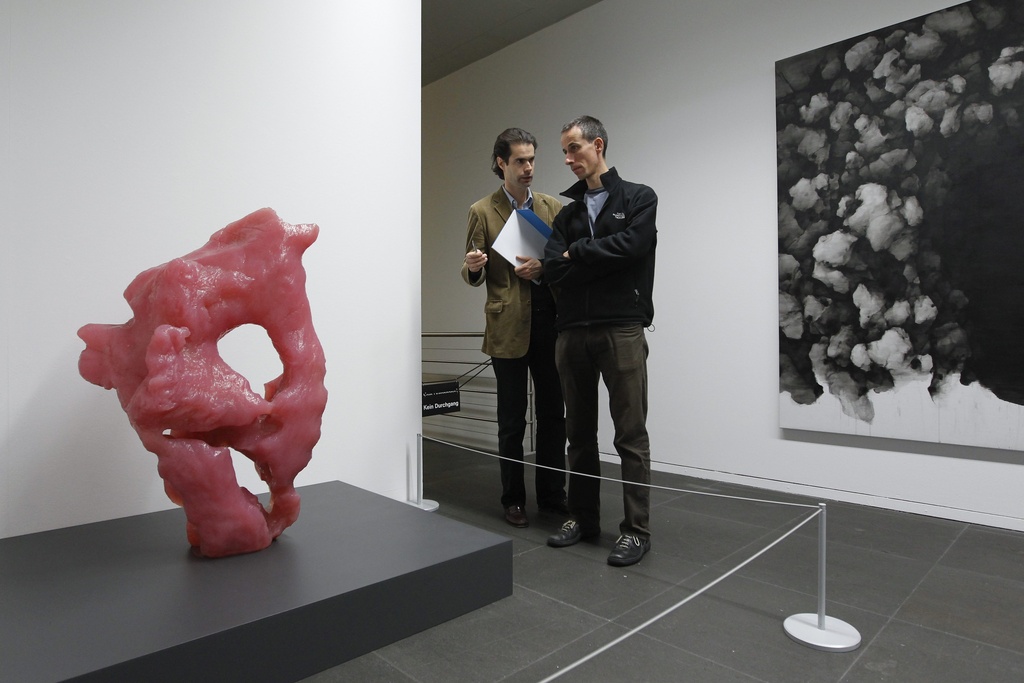
The Museum of Fine Arts Bern has turned its spotlights on Shanghai, with an exhibition devoted to artists from China’s dynamic megalopolis.
“Big Draft – Shanghai Contemporary Art from the Sigg Collection” features a wide range of works by 13 artists who live and work in China’s largest city and two from Beijing who make direct references to it.
Like the 2005 exhibition Mah Jong – which generated a fair amount of controversy and international publicity for featuring the head of a human foetus attached to a seagull’s body – Big Draft is based on the collection of Uli Sigg, an entrepreneur and former Swiss ambassador to China, and his wife Rita.
“There’s a large public interested in traditional art. There’s a much, much smaller public interested in the contemporary art of China and that brought quite some growth to the Chinese market in the early 2000s,” Sigg told swissinfo.ch (listen to audio).
Sigg first visited the country as a businessman in 1979 – “and I learnt very quickly that I didn’t know anything about China. I was only allowed to see a narrow segment of reality, so I hoped contemporary art would provide access to another Chinese reality.”
And did it? “In my view yes, although contemporary art tends to be of a more critical nature – it may not bring out the full picture. The Chinese authorities often complain that contemporary art draws too negative a picture of China, and in that sense you may need a large exhibition to fully represent Chinese reality.”
Cultural Revolution
With 18 million inhabitants, Shanghai – literally “over the sea” – is China’s most populous city and among the ten largest in the world.
But during the period of isolation between 1949 and 1976 under Mao Zedong, not only artistic freedom but also all cultural exchange with foreign countries came to an end.
Today, 34 years after Mao’s death, the incredible pressure for innovation triggered by China’s growing international economic significance means the city at the mouth of the Yangtze is constantly reinventing itself.
The “Big Draft” of the title has nothing to do with conscription or indeed breezy alleys. Instead, the city’s art scene is viewed as a building site and the “draft” is a sketch: always at the planning stage, incomplete and never final.
“When China opened up a bit towards the West, there was such a huge amount of contemporary or avant-garde art coming to China which Chinese artists had to digest,” exhibition curator Monika Schäfer told swissinfo.ch.
“It’s very difficult for Chinese artists not to be influenced by Western artists such as Duchamp or Jeff Koons.”
Mixed bag
That said, no unifying theme – regarding either content or form – jumps out: paintings and photographs are found next to videos, sculptures and installations (see gallery).
Whereas Shi Guorui engages with outward appearances and offers a futuristic view of the city with his urban silhouettes of Shanghai, Jin Jiangbo zooms in on the life of a day labourer in an interactive installation.
Zhang Qing makes taxis dance in his video, and Shi Yong evokes the anonymity of urban life with small plaster-of-Paris figures. In contrast, Ni Youyu designs geometrical experimental spaces on canvas filled in with bizarre landscapes.
“A lot of the artists are really interested in the relationship between the future and the past, or traditional art. I’m really interested in this combination and how they manage their past today,” said Schäfer, adding that one of her favourite pieces is Mirage Garden Part 1 by Zhang Jian-Jun.
This amorphous chunk of pink silicone is his updated version of the rocks collected by Chinese scholars more than 2,000 years ago and placed in gardens for contemplation. The lurid colour is the result of the artist going into a Shanghai clothes store and asking what colour was currently in.
Artistic adversity
Some argue that artists thrive on adversity; others add that art is ultimately about self-expression. So what does the human rights situation and limited freedom of expression in China mean for artists?
“One type of art can be very productively created under political pressure or repression. And one type of artist responds to that kind of pressure and produces very good art,” said Sigg, described by museum director Matthias Frehner as a Christopher Columbus bringing exotic items back from a distant world.
“But that’s not the only way to produce good art – otherwise in many Western countries and most mature democracies you wouldn’t find interesting art,” he said.
“I think the problem is much rather artists who have grown up and become successful under politically adverse conditions – once the enemy disappears, what are they going to do? They face a real crisis.”
Something for everyone
More than 40,000 people came to Bern for the Mah Jong exhibition – what will visitors make of Big Draft? Is it a thought-provoking insight into Eastern society or the Chinese emperor’s new clothes?
The conceptual nature of much contemporary art leaves enormous room for interpretation – and means the accompanying catalogue is a must – but for this visitor the video installations were the weakest link, with Zhang Qing’s Moo-Cow! deserving a special mention.
The artist, nude but covered in red paint, runs round a field trying to goad a bemused bull – apparently an ironic statement on political provocation.
On the plus side, Liu Jianhua’s Blank Paper is a clever twist on the Chinese tradition of manufacturing porcelain. Staring at a two-square-metre blank canvas, one suddenly discovers that the millimetre-thick “canvas” is made of porcelain.
The work, which shows astonishing technical skills, addresses the theme of social change in China and the clash between traditional values and capitalist consumerism. Hats off too to the removal firm.
Big Draft – Shanghai Contemporary Art from the Sigg Collection runs until February 6, 2011.
It is part of the Window on China series, which was initiated in 2006.
The exhibition includes works by: Chen Yuyu, Chi Peng, Ji Wenyu & Zhu Weibing, Jin Feng, Jin Jiangbo, Liu Jianhua, Lu Chunsheng, Ni Youyu, Pan Xiaorong, Shi Guorui, Shi Yong, Xu Zhen, Zhang Jian-Jun, Zhang Qing.
Uli Sigg, born in 1946, studied law at Zurich University and then worked as journalist and editor for various Swiss newspapers and magazines.
In 1980 he established the first joint venture between China and the West and remained its vice-chairman for ten years. He then served on the boards of a number of global companies until 1995, when the Swiss federal government appointed him for four years ambassador to China, North Korea and Mongolia.
As a former collector of Western contemporary art, Sigg has now formed the most substantial collection of contemporary Chinese art in the world. He also established in 1997 the Chinese Contemporary Art Award, for Chinese contemporary artists living in China.
He is a member of the International Council of New York MOMA and the International Advisory Council of the Tate Gallery, London.
On November 12, a 40cm Chinese vase that sat, little-noticed, in a suburban London home became one of the most expensive artworks ever sold, evidence that China’s sizzling art market shows no signs of cooling down.
The 18th-century porcelain vase, sold by a family clearing out a deceased relative’s house, went to a Chinese buyer for £51.6 million (SFr82 million) – more than 40 times the pre-sale estimate and a record for a Chinese work of art.
The vase, bought by a Chinese bidder on behalf of an undisclosed buyer, is the most expensive Chinese artwork ever sold, beating a Song Dynasty scroll that sold for almost $64 million (SFr63.8 million) in Beijing in June.
Prices for Chinese art and antiquities are buoyant. Art markets in the West are still feeling the effects of the economic downturn. In contrast, China’s booming economy means new collectors are joining the market all the time, and wealthy buyers are keen to repatriate treasures from their heritage.

In compliance with the JTI standards
More: SWI swissinfo.ch certified by the Journalism Trust Initiative

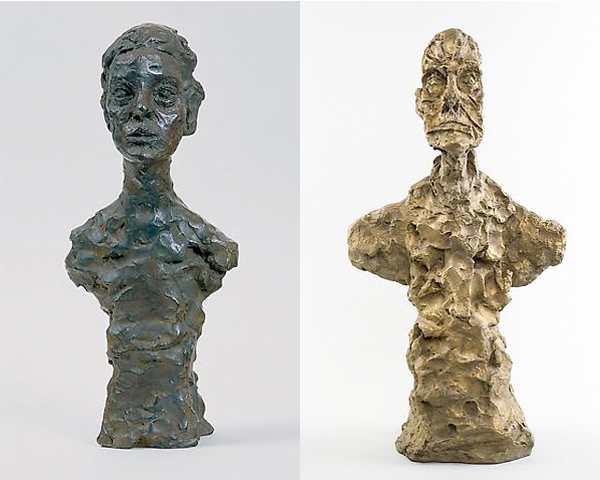
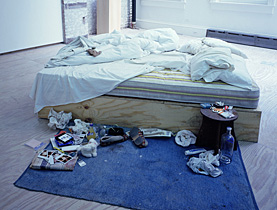
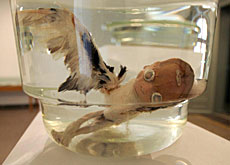

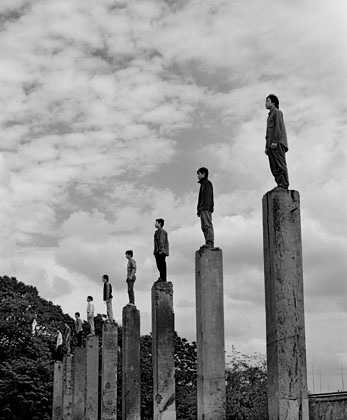
You can find an overview of ongoing debates with our journalists here. Please join us!
If you want to start a conversation about a topic raised in this article or want to report factual errors, email us at english@swissinfo.ch.